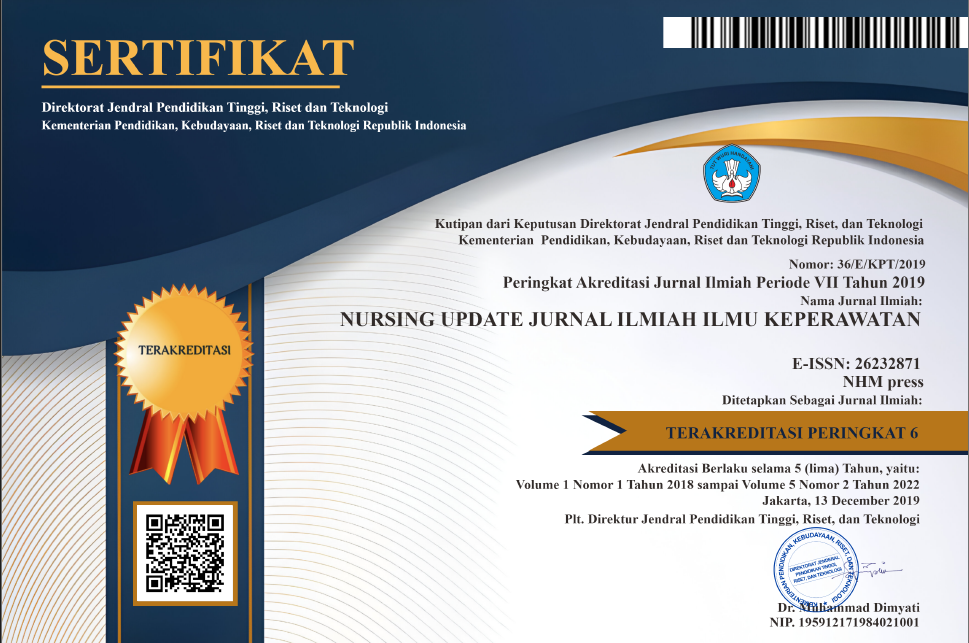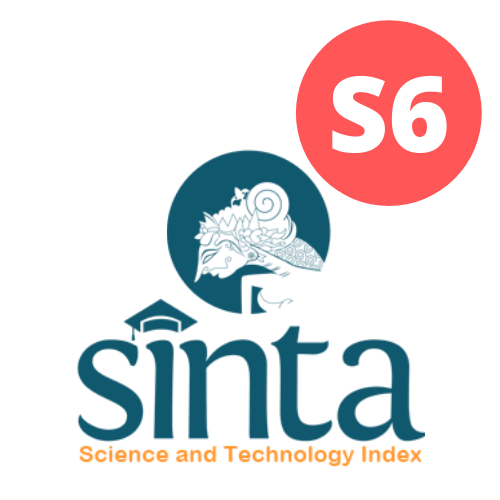HUBUNGAN STATUS GIZI DAN STRES DENGAN KEJADIAN HIPERTENSI PADA PELAJAR SMA DI SMAN 2 SAMPANG
Abstract
Background: Nutritional problems that usually occur in teenagers are undernutrition and overnutrition, as well as anemia. This can cause changes in health conditions in adolescents. Adolescents with with higher nutritional status will be at risk of experiencing degenerative diseases such as hypertension. Apart from that, psychosocial aspects in adolescents are also very important in the development process. If teenagers are unable to cope with the changes within themselves, this will result in an identity crisis which, if not resolved, will result in stress for teenagers. Nutritional status and prolonged stress are risk factors for hypertension in adolescents. Objective: This study aims to determine the relationship between nutritional status and stress and the incidence of hypertension in high school students at SMAN 1 Sampang. Method: The research method used is quantitative with a cross-sectional approach. The research was conducted at SMAN 2 Sampang with a population of 25 respondents. The sampling method used is total sampling. The analysis methods used are univariate and bivariate analysis. Univariate analysis was used to determine the distribution of nutritional status, stress and the incidence of hypertension, while bivariate analysis was used to determine the relationship between nutritional status and stress and the incidence of hypertension using the chi-square test. Result: The research results show that risk factors for hypertension include nutritional status and stress. Adolescents with the habit of consuming foods with high energy density result in excessive energy intake. This results in fat deposits which can cause blood vessels to narrow and result in high blood pressure. Apart from that, during adolescence many changes occur in teenagers. This situation causes teenagers to experience stress. Prolonged stress results in hypertension. Conclution: There is a relationship between nutritional status and stress and the incidence of hypertension.










